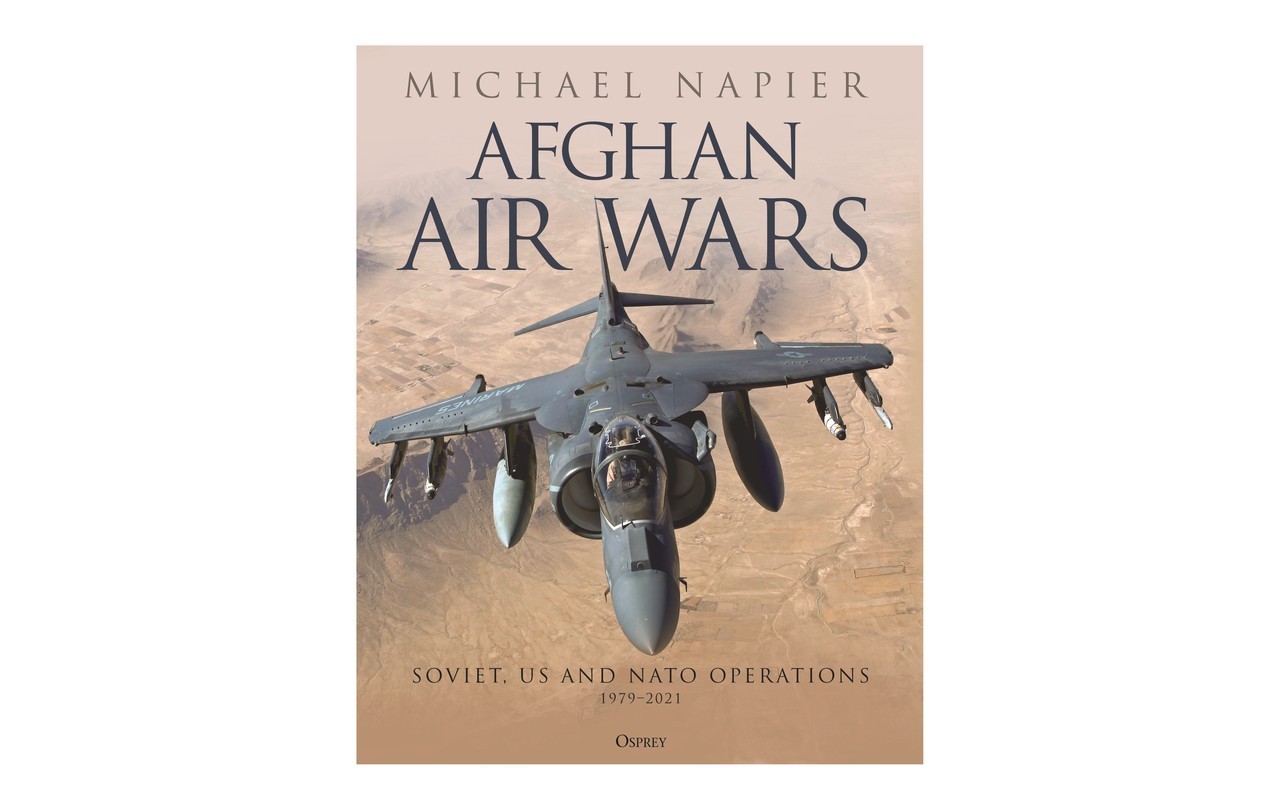
By the time of the US and NATO withdrawal in 2021, Afghanistan had endured over 40 years of internal conflict as first the USSR, and then a US-led Coalition, attempted to establish some degree of stability in the country.
The Soviet Union had invaded in 1979, provoking an insurgency that lasted through to their withdrawal in 1989.
US and allied Coalition forces invaded in late 2001 in response to the Al Qaeda attacks on 9/11.
Both the geography of Afghanistan and the military situation in the region meant that airpower played a vital role in all of the various campaigns. Although aircraft had been involved in Afghanistan since 1919, the Soviet invasion brought with it the large-scale use of helicopters and fighter-bomber aircraft, as well as air transport to keep their army supplied and reinforced.
However, the Soviet efforts were surpassed by the massive deployment of US-led Coalition air forces in the 2000s. With 20 years of improved technology and recent combat experience in Iraq and the Balkans, Coalition airpower was a formidable force: an extensive intelligence-gathering capability was backed by delivery platforms for precision-guided munitions.
Despite wielding this impressive firepower, the Coalition presence in Afghanistan still came to an ignominious end with an evacuation airlift – repeating the experience of the British just over 100 years earlier.
Illustrated with over 240 images, both official photos and previously unpublished privately taken, in-theatre images, Afghan Air Wars also includes first-hand accounts by aircrews involved to create a unique and comprehensive picture of the
part played by air power over Afghanistan in the last 40 years.



























